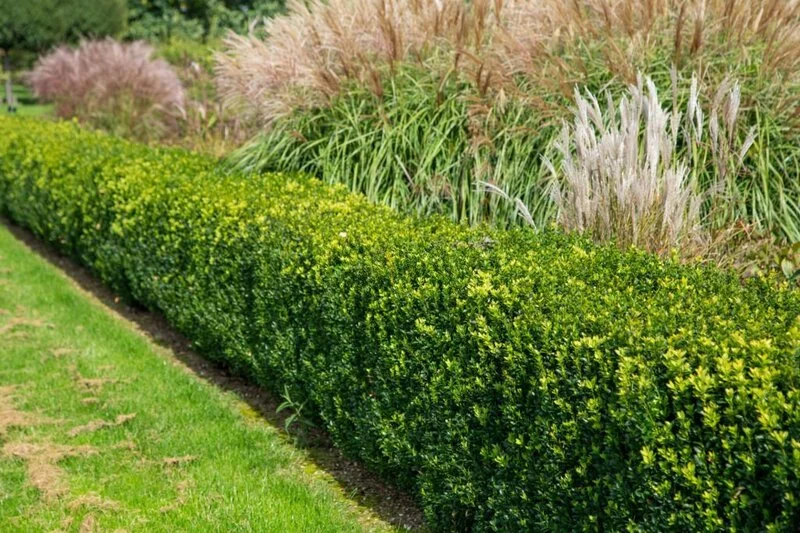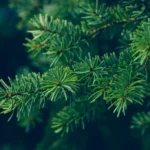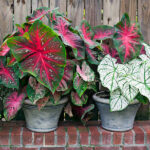If you’ve got a love for green, bushy plants, then boxwoods might be a familiar sight in your garden. But, have you recently noticed that your normally vibrant boxwoods are turning a bit yellow? No worries! We’re here to help. In this article, we’ll explore why this might be happening and how you can restore your boxwoods back to their lush, green glory.
- Approximately 3 Pounds
- Specially formulated for use on Boxwood trees.
- Promotes long-term vitality through robust root development.
- Slow-release Nitrogen that continues feeding throughout the growing season.
- Treats one large tree or 2-3 smaller or newly planted trees. Includes complete instructions.
Boxwoods
Before we dive into the yellowing issue, let’s get to know boxwoods a bit more. These are evergreen shrubs loved for their dense, green foliage and ability to be sculpted into just about any shape. They can form neat hedges, intricate topiaries, or simply provide a year-round splash of green in a mostly seasonal garden. They’re pretty easy-going, but like any plant, they have their likes and dislikes. Understanding these will help us pinpoint why your boxwoods may be turning yellow. Ready to play plant detective? Let’s go!
Common Reasons for Yellowing Boxwoods
Let’s face it, nobody likes when their favorite plants start turning a worrying shade of yellow. But, with boxwoods, it’s not always bad news. Sometimes, a little yellowing is normal, especially in winter or spring. This could just be the older leaves saying goodbye to make room for new growth. But, if your boxwoods are looking more yellow than green, there might be a bigger problem. This could be due to too much water, not enough nutrients, or it could even be a sign of diseases or pests. Yes, those little bugs love your boxwoods as much as you do!
Investigating the Causes
Now it’s time to put on your detective hat and start investigating. Check the soil: is it too soggy? Boxwoods don’t like wet feet. If the soil is too wet, this could be causing root rot, which can turn the leaves yellow. Next, check the leaves for any signs of pests or disease. Look out for spots, blight, or tiny critters. If you’re still puzzled, it might be worth getting your soil tested. Your boxwoods might simply be missing some important nutrients they need to stay their greenest. Once you’ve spotted the problem, you’re already halfway to the solution!
- TOPBUXUS Boxwood Restore & Protect Mix is a foliar feed which contains all necessary nutrients for optimal Boxwood care, it strengthens your Boxwood and produces healthy green and shiny leaves
- Easy to use effervescent tablets – TOPBUXUS Boxwood Restore & Protect Mix is a leaf fertilizer in the form of an easy to use effervescent tablet
- Professional quantity sufficient for 4,000 square feet of Boxwood – the tub contains 40 individually packaged tablets, each tablet covers 100 square feet of Boxwood – Simply put 1 tablet in 1 quart of water, allow 10 minutes for the tablet to dissolve itself, then apply to 100 square feet of Boxwood foliage by using a pressure sprayer, make sure you cover the entire Boxwood
- TOPBUXUS Boxwood Restore & Protect is a 8-0-10 leaf fertilizer with secondary nutrients of 100% natural base
- Developed by TOPBUXUS – TOPBUXUS Boxwood Restore & Protect was scientifically developed, tested and used over a number of years by TOPBUXUS on their nursery in the Netherlands – TOPBUXUS are the world’s largest boxwood grower – Do what the grower does!
Treatment Options for Yellowing Boxwoods
Now that we’ve identified some possible causes for the yellowing of your boxwoods, let’s talk about how to bring them back to their vibrant green color. Here are some treatment options to consider:
- Adjusting Watering: If the soil is too wet, improve drainage by adding organic matter or adjusting your watering schedule. Allow the soil to dry out slightly between waterings.
- Nutrient Boost: If a nutrient deficiency is the culprit, you can apply a balanced fertilizer specifically formulated for shrubs and follow the instructions on the package. This will provide the necessary nutrients to help your boxwoods regain their green vigor.
- Pests and Diseases: If you’ve identified pests or diseases as the cause of yellowing, it’s important to take action. Consult with a local garden center or professional to determine the appropriate treatment method, such as applying insecticidal soap or using appropriate fungicides.
Preventive Measures to Keep Boxwoods
Green Prevention is always better than cure, right? To keep your boxwoods looking green and healthy, consider these preventive measures:
- Proper Watering: Water your boxwoods deeply and infrequently to encourage deep root growth. Avoid overwatering, as it can lead to root rot.
- Mulching: Apply a layer of organic mulch around the base of your boxwoods to help retain soil moisture and regulate temperature.
- Regular Pruning: Prune your boxwoods regularly to maintain their desired shape and encourage healthy growth. This also helps improve airflow, reducing the risk of disease.
- Monitoring and Early Detection: Keep a close eye on your boxwoods for any signs of pests, diseases, or nutrient deficiencies. Early detection allows for prompt action and prevents further damage.
By following these preventive measures and providing proper care, you can ensure that your boxwoods stay green and beautiful for years to come!
- MIGHTY109 Espresso Brown Wood Chip Mulch
- Beautiful brown colored wood chips add a great finishing touch to any landscape.
- Great for use around flowers, plants, flower beds, gardens, landscapes and more.
- Helps to maintain soil temperature and moisture. Helps to reduce weed growth.
- 42 quarts.
Frequently Asked Questions about Boxwood
Care Let’s address some common questions about caring for boxwoods:
How often should I prune my boxwoods?
Pruning frequency depends on the desired shape and size of your boxwoods. Generally, light pruning can be done throughout the year, but major shaping should be done in late winter or early spring before new growth begins.
Can I grow boxwoods in containers?
Yes, boxwoods can be grown in containers. Just make sure to choose a container with good drainage, use a well-draining potting mix, and water regularly to prevent the soil from drying out.
How much sun do boxwoods need?
Boxwoods thrive in full to partial sun. Ideally, they should receive at least 4-6 hours of sunlight per day. However, they can tolerate some shade as well.
Are boxwoods deer-resistant?
Yes, boxwoods are considered deer-resistant. However, hungry deer may still nibble on them during periods of food scarcity, so it’s best to use additional deer deterrents if deer are a common issue in your area.
Conclusion
Caring for boxwoods and keeping them green and healthy requires a little understanding, attention, and proactive care. By identifying the causes of yellowing and taking appropriate steps, such as adjusting watering, providing nutrients, and addressing pests or diseases, you can restore your boxwoods to their lush green beauty. Remember to implement preventive measures, like proper watering, regular pruning, and monitoring for any issues. With proper care, your boxwoods will continue to bring beauty and elegance to your garden for years to come.






